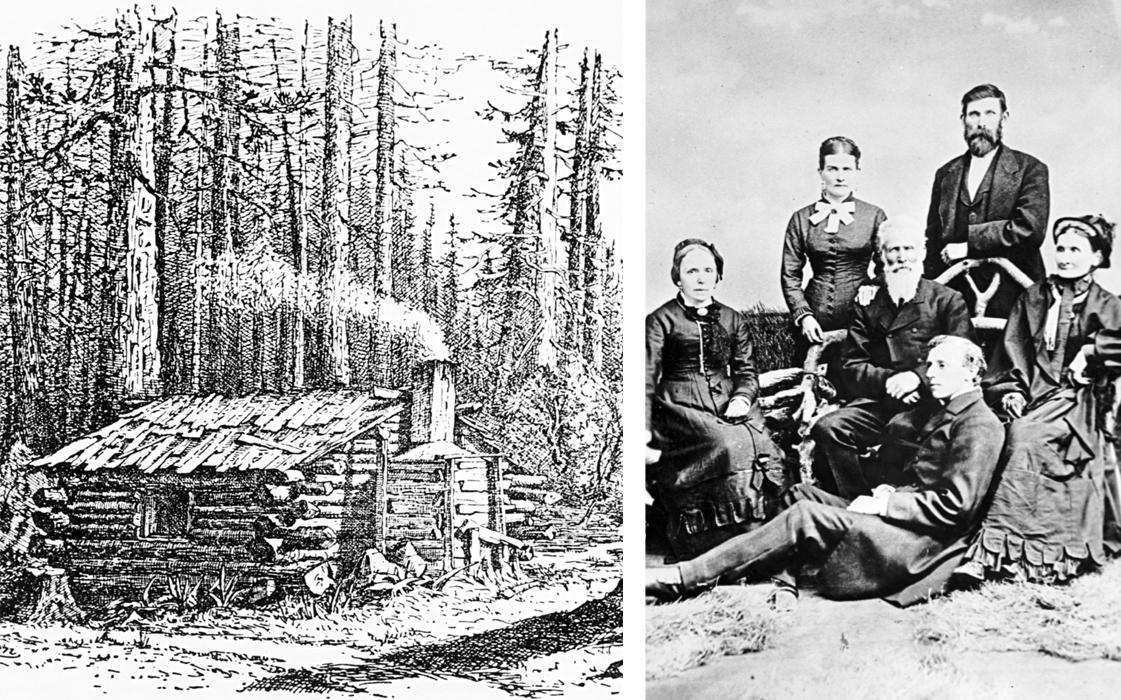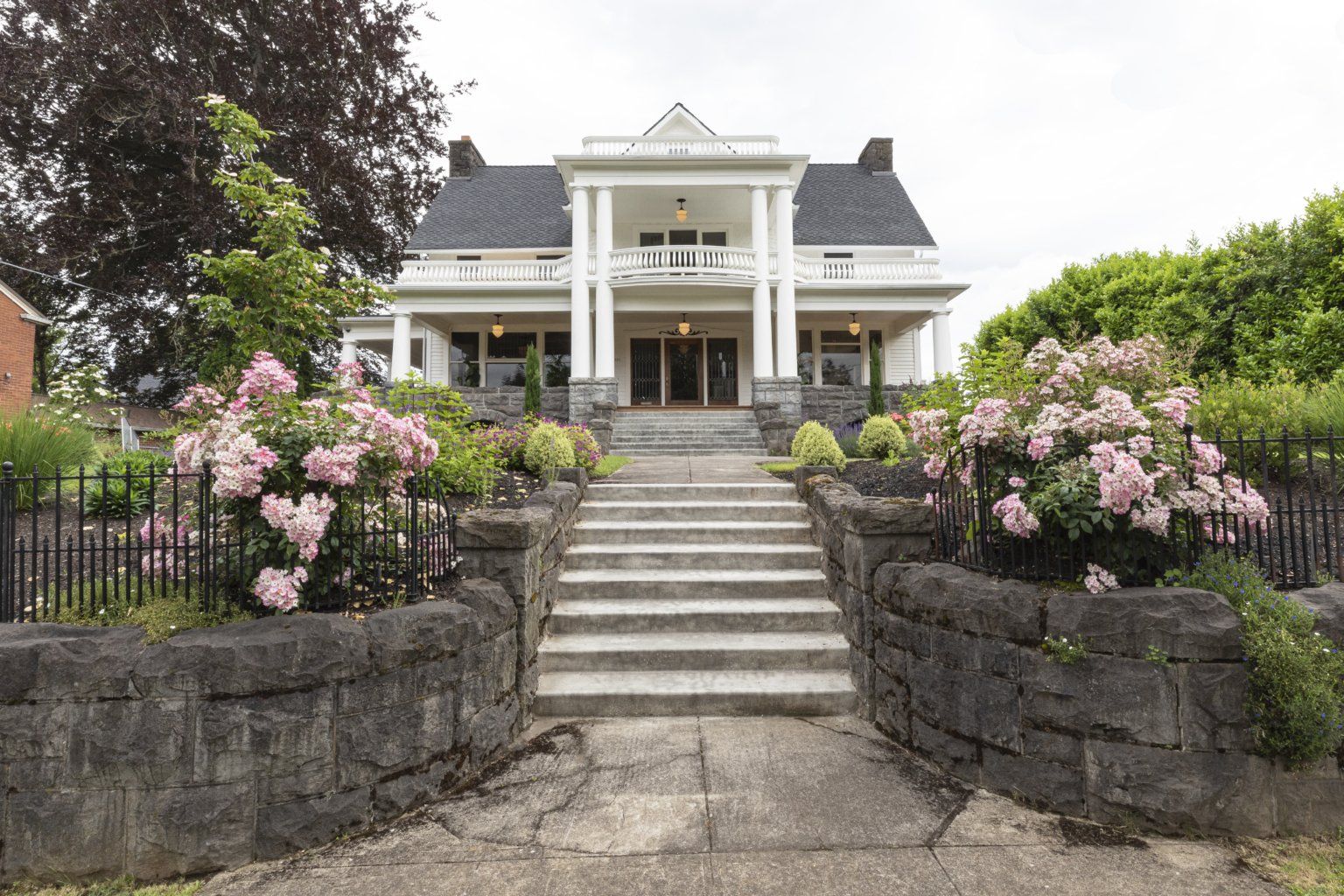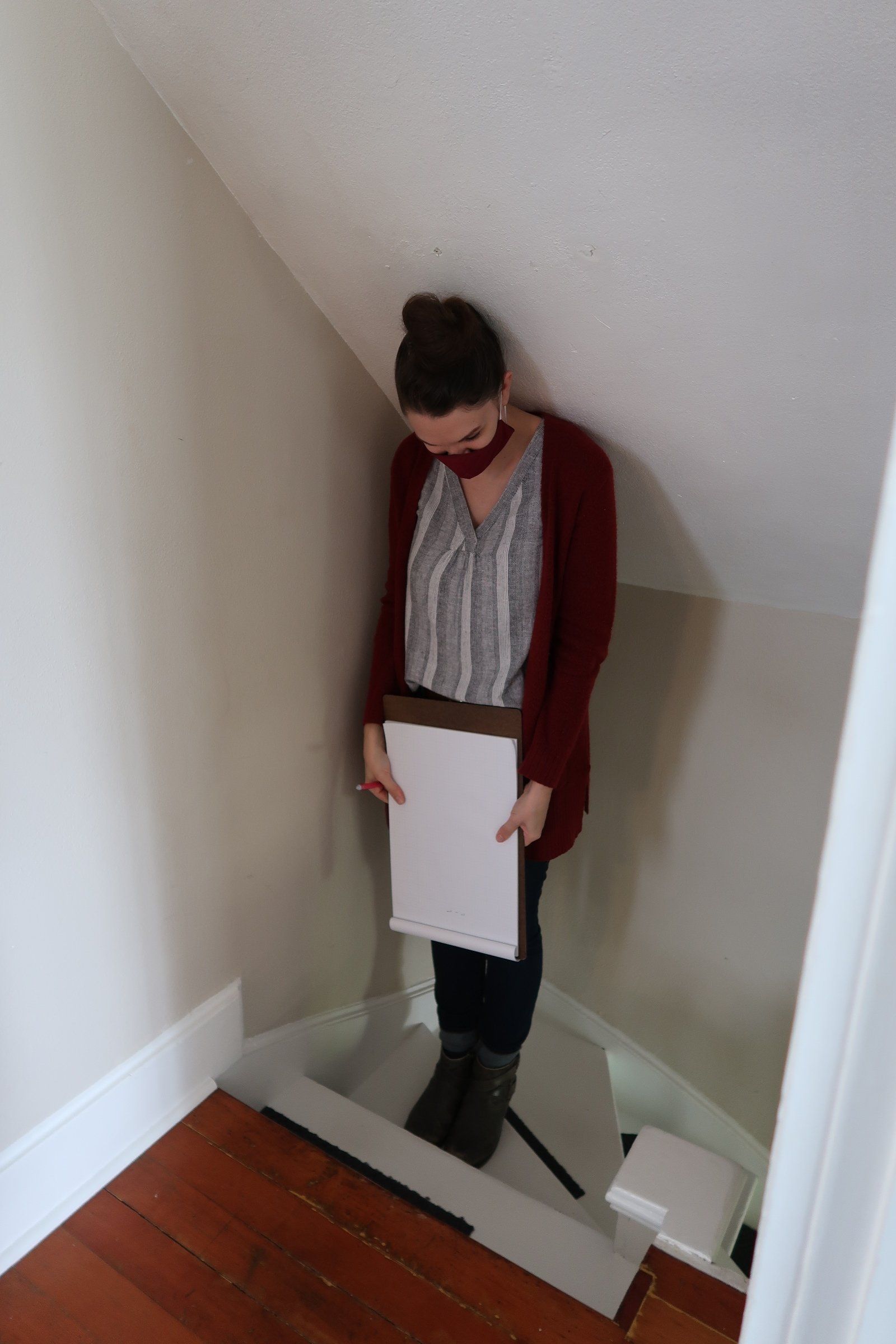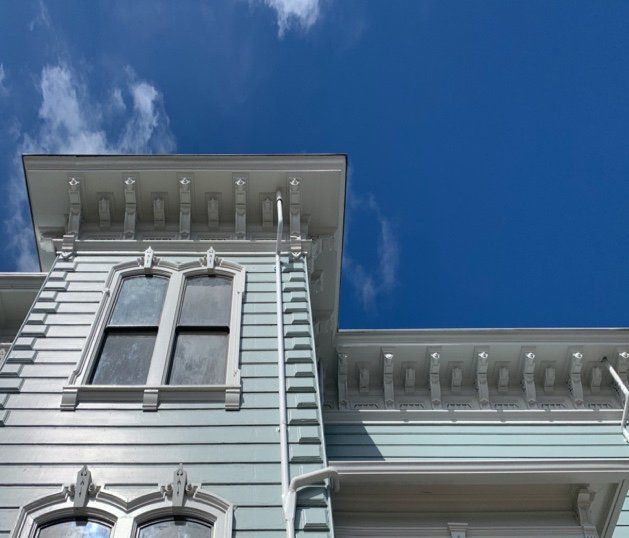Case Study: A Historic Review Kitchen
We often get asked what kind of projects will trigger Portland’s Historic Review process and what can be done to help a project navigate smoothly through that process.
Here is Arciform Junior Designer Jeffrey Kelley’s experience working on a current Arciform project that passed Historic Review with flying colors and is now under construction:
- Tell me about your recent historic review project. What historic designations does the client’s home have?
The project was a kitchen renovation done on the Frank C. Stettler house, which was designed by Ellis Lawrence in 1914. This home is designated as a Historic Landmark on the national registry.
- What were the client’s goals for her renovation project?
She wanted to renovate the kitchen to make it more period appropriate while at the same time gaining space for a powder bath since there wasn’t a first floor bathroom.
And here are some perspective renderings of the project design:
- What aspect of the project required historic review?
Historic review deals with changes to the exterior of a home. In this case we were removing an exterior access to the basement as well as reconfiguring some windows.
- What design choices were made or modified with historic review in mind?
We had to make sure that the door and window choices we were making fit the style of the home and reflected the existing architecture. So things like matching the divided light pattern [on the windows], rail and style dimensions [on the doors], millwork details, hardware, header height, etc.
- What kind of questions need to be answered for Historic Review?
Here’s an example:
“ Historic changes. Most properties change over time. Those changes that have acquired historic significance will be preserved .
There will be no changes to areas that have acquired historic significance after the original construction of the house. The proposed remodel area, which was previously remodeled, has yet to be documented in the historic description of the house and was constructed sometime within the last twenty years. The materials and finishes in the current kitchen do not reflect the period in which the house was built and will, as much as possible, be replaced with more period appropriate choices.
The exterior basement entry at the side and West facing façade of the house is not mentioned in the National Register description of the house and serves as a secondary and rarely used point of access to the basement. The proposed remodel will replace this entrance and absorb the stairwell in favor of a kitchen and nook layout that will improve functionality, increase usable space and feature architectural details that will better reflect the home’s original intent. For example, new double hung windows will be installed at the West façade to replace the exterior basement door and closely match details of the adjacent double hung windows. This will provide a more consistent architectural rhythm along this wall. The South façade will feature new French doors with a divided light configuration and sticking profiles to match the original West facing door which leads to the original porte-cochère.”
- What kind of documentation of those choices did the city require?
We submitted exterior elevations, window and door specs, floor plans, and a thorough explanation as to how and why we were going to match the existing architecture with materials that mimicked but did not match what was there. Historic review wants there to be designation between what was existing and what is new.
- What concerns did you have about the review process- were there aspects of the project you were worried would face a review challenge?
Our biggest concern was whether or not the review was going to grant us permission to remove the exterior access to the basement. Even though there is interior access to the basement this seemed like an area in which they could argue that it was part of the original function of the house.
- How long did the review process take?
We submitted the review on March 18 th and we got the approval on May 1 st pending a 14 day appeal period.
- What feedback (if any) did you get from the review team about the process?
The only feedback we got was a question about the door configuration and why we chose to match the door at the porte cochere. We explained that the home owner wanted to match the existing details of the original door rather than match the French door on the same façade which had been added much later.
- Any advice you would offer for a homeowner in a historic district looking to do a similar renovation?
I would say to do as much research on your home before you start designing as possible. It is important to know as much about the home’s history as possible before considering how to alter it. It is also important to understand what triggers a historic review and make sure that if you do trigger it the changes are all critical to the project. If you can avoid changing the exterior of your home then you avoid the review all together.
- 10. Where would you recommend homeowners go to start their research?
There are great resources available through Portland’s Development Services website. I’d start there. Portland Maps can also be a great place to find out basic information about your home’s history and what renovations it has already received in its lifetime.
And of course the Arciform Design Team is always happy to help!
We look forward to posting completed images from this project later this summer.












Oregon: CCB# 119917 | Washington: ARCIFL *910KJ







